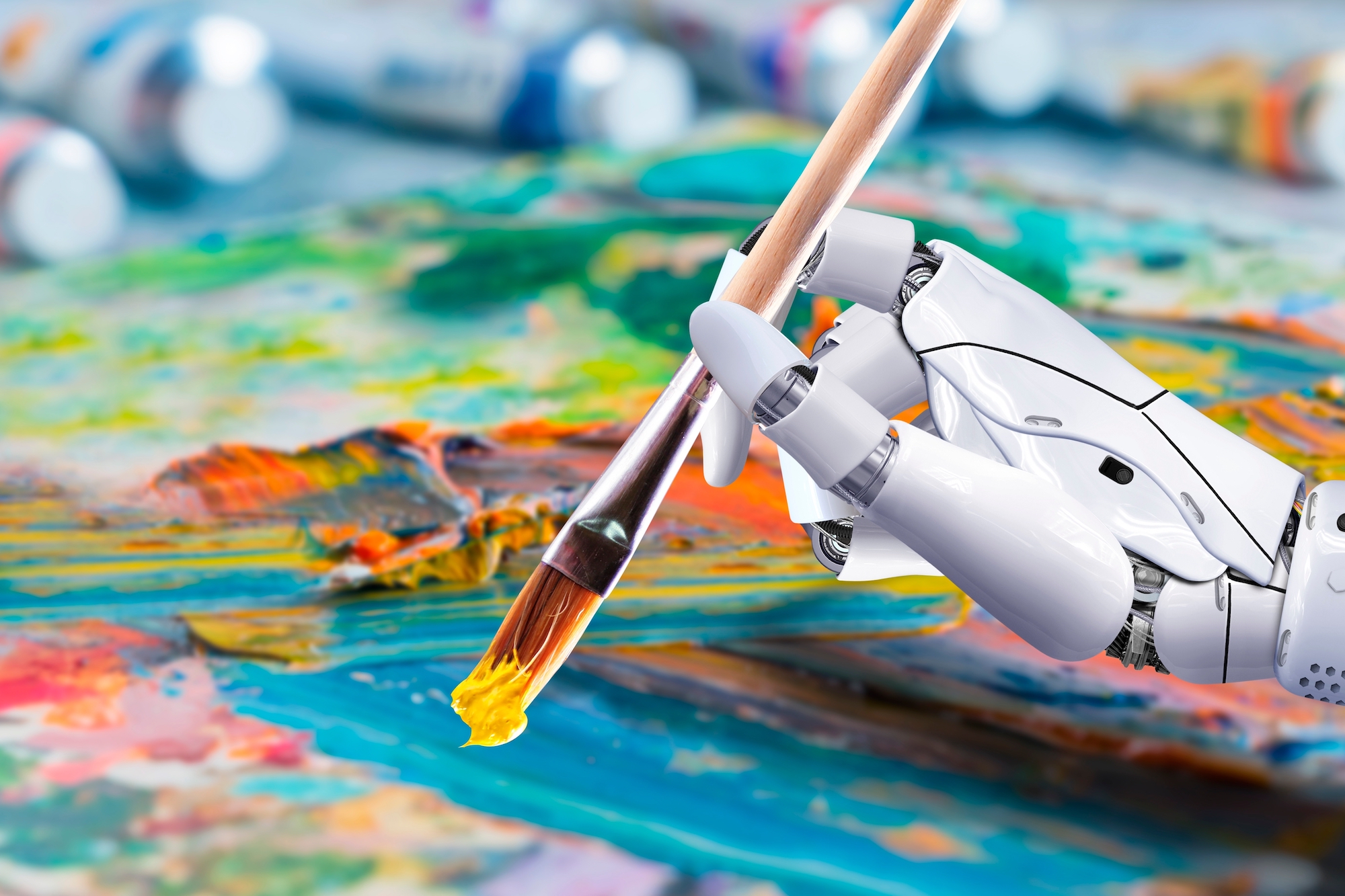John Mueller, Google Search Advocate, recently shared his “shower” thoughts on the use of AI-generated images on websites versus stock photography.
His discussion opened up an intriguing debate on how users perceive images created with generative AI tools like DALL·E, especially in contexts that are not primarily focused on art or AI.
The post included a disclaimer it is not meant to serve as SEO advice or foreshadowing of an upcoming Google search update.
AI-Generated Images Vs. Stock Photography
Mueller begins by distinguishing between situations where a specific photograph is necessary and those where imagery serves as mere decoration.
He argues that in some circumstances, like a suitcase a website aims to sell, authentic photographs are essential.
While real photos might undergo digital enhancements or editing, the foundation of product photography must be rooted in reality to provide consumers with an accurate representation of a future investment.
On the other hand, Mueller points out that for general content embellishment, there is little difference between using stock photography and AI-generated images.
Both types of imagery can enhance the aesthetic appeal of a website, making the content more engaging and enjoyable for the reader.
This distinction underlines that the decision to use real photos versus AI-generated images largely depends on the specific needs and goals of the website content.
The Value Of Images For User Experience
Mueller also touches upon the relevance of the subject matter of the website.
He suggests that for certain topics, audiences expect real images, while for others, the distinction between real and AI-generated images may be negligible.
This expectation ties into search engine optimization (SEO), as Mueller hypothesizes that users are more inclined to search visually for topics where real images are valued.
Further, Mueller offers practical advice for website owners considering the use of AI-generated images.
He encourages them to reflect on whether they would typically use stock photography in the same context. This approach can help in making an informed decision about the appropriateness of AI-generated images for their website.
Quality Standards Of AI-Generated Images
Mueller also cautions about the ease and temptation of using AI-generated images as a time and cost-saving measure.
He notes that taking a quick photo with a phone could be considered as creating ‘stock photography,’ but this might not meet the professional standards expected on a business website.
He emphasizes that quality and professionalism often require time and experience.
AI Images, AR Models, And Consumer Trust
Throughout the comments, Mueller answered questions about images, AI, and SEO. Here are some of the best responses.
Should you add rel=nofollow for an image credit link?
“Links are fine. No need to use rel=nofollow if they’re normal links.”
AR For 3D Modeling
Mueller expressed a desire for augmented reality (AR) support in online product displays, emphasizing the value of using 3D models.
“Seeing a photo is a good start, trying it out in my own space is so much better.”
He also differentiated between 3D-rendered images based on actual building plans and fully AI-generated images, likening the latter to decorative blog post imagery.
Decorative Images & Real Product Photography
Regarding conceptual illustrations, Mueller noted that decorative images indicated the level of effort put into the content, enhancing user trust.
However, he criticizes the use of AI images for product photos, comparing it to low-quality imported product sites where photoshopped images often lead to unrealistic representations.
“…if you have the product, why not get real photos, and if you don’t have the product, you wouldn’t be able to confirm that the image is ok.”
AI-Generated Images As ‘Low-Effort’ Content
Considering that creative visualizations and real product photos are considered indicators of high-quality content, it’s no surprise that some uses of AI-generated images could be considered the opposite.
Mueller also offered another perspective: if real images represent an original source of content, AI images could represent scraped content.
“If I noticed a recipe site were using AI-generated images, I’d assume all of the content is scraped spam and just go somewhere else.”
AI Content Decreases Consumer Trust
When visitors discover content has been “faked,” it could harm their trust in anything else on the website. Mueller suggested that even an obvious “team” stock photo was less deceptive than one created by AI.
He acknowledged the value of good stock photography over a unique smartphone photo and how the latter did not equal professional-quality content.
But he is also aware that the lines are blurred more now that companies like Getty and Shutterstock have launched AI tools trained on licensed stock photography.
Conclusion
The discussion on Mueller’s LinkedIn post is particularly relevant, highlighting the evolving role of AI tools in content creation and its impact on user experience and SEO.
As marketers continually adapt to new technologies, understanding these nuances is crucial for effective digital marketing strategies. It prompts us to consider the authenticity of our visual content and its alignment with our audience’s expectations.
It’s essential to strike a balance between authenticity, professionalism, and the practical benefits of AI-generated images, keeping in mind the nature of the content and audience expectations.
Featured image: Thongden Studio/Shutterstock
